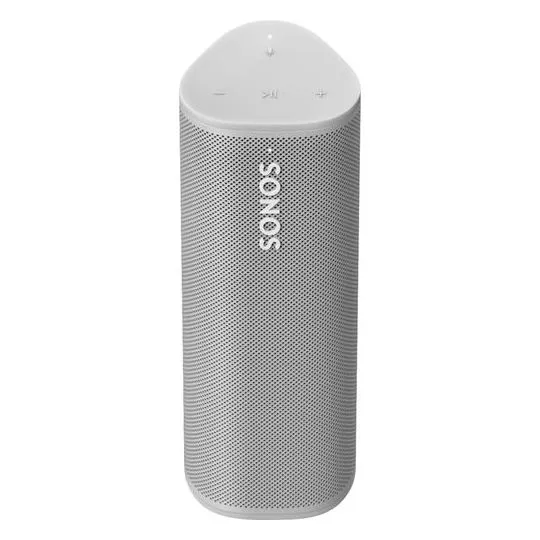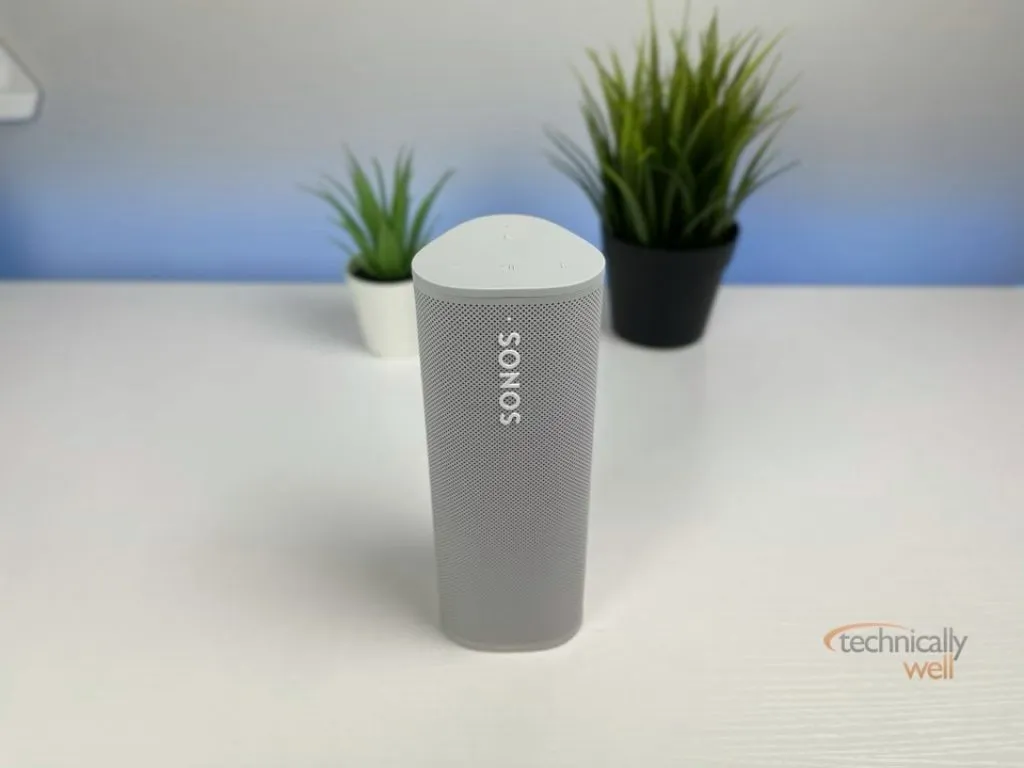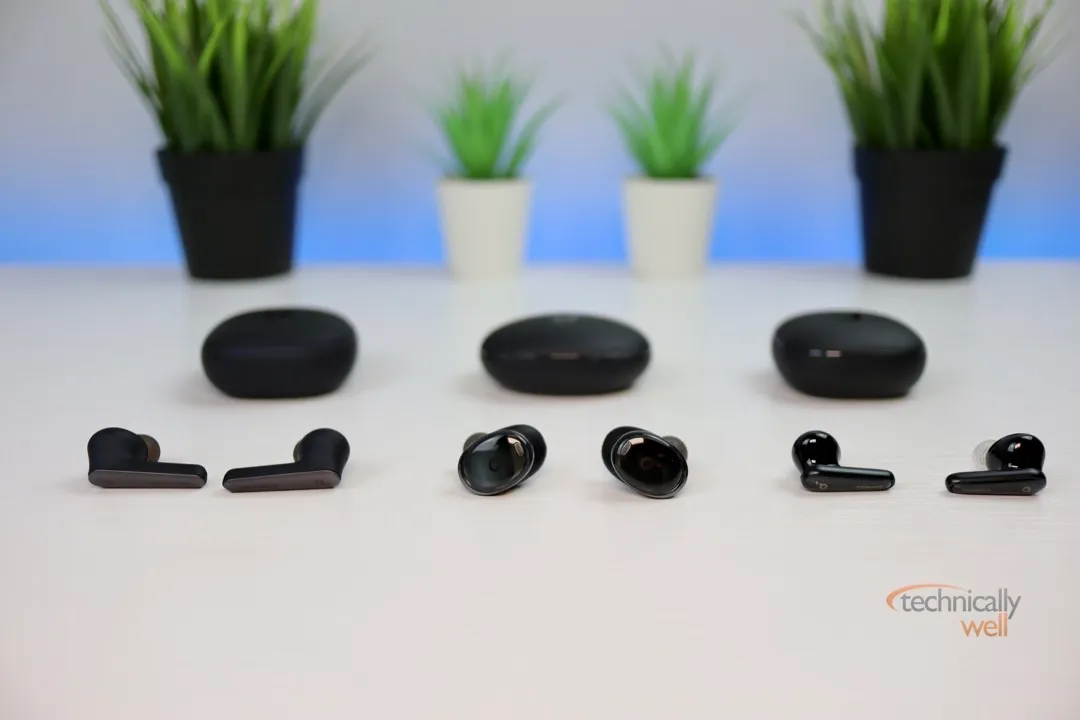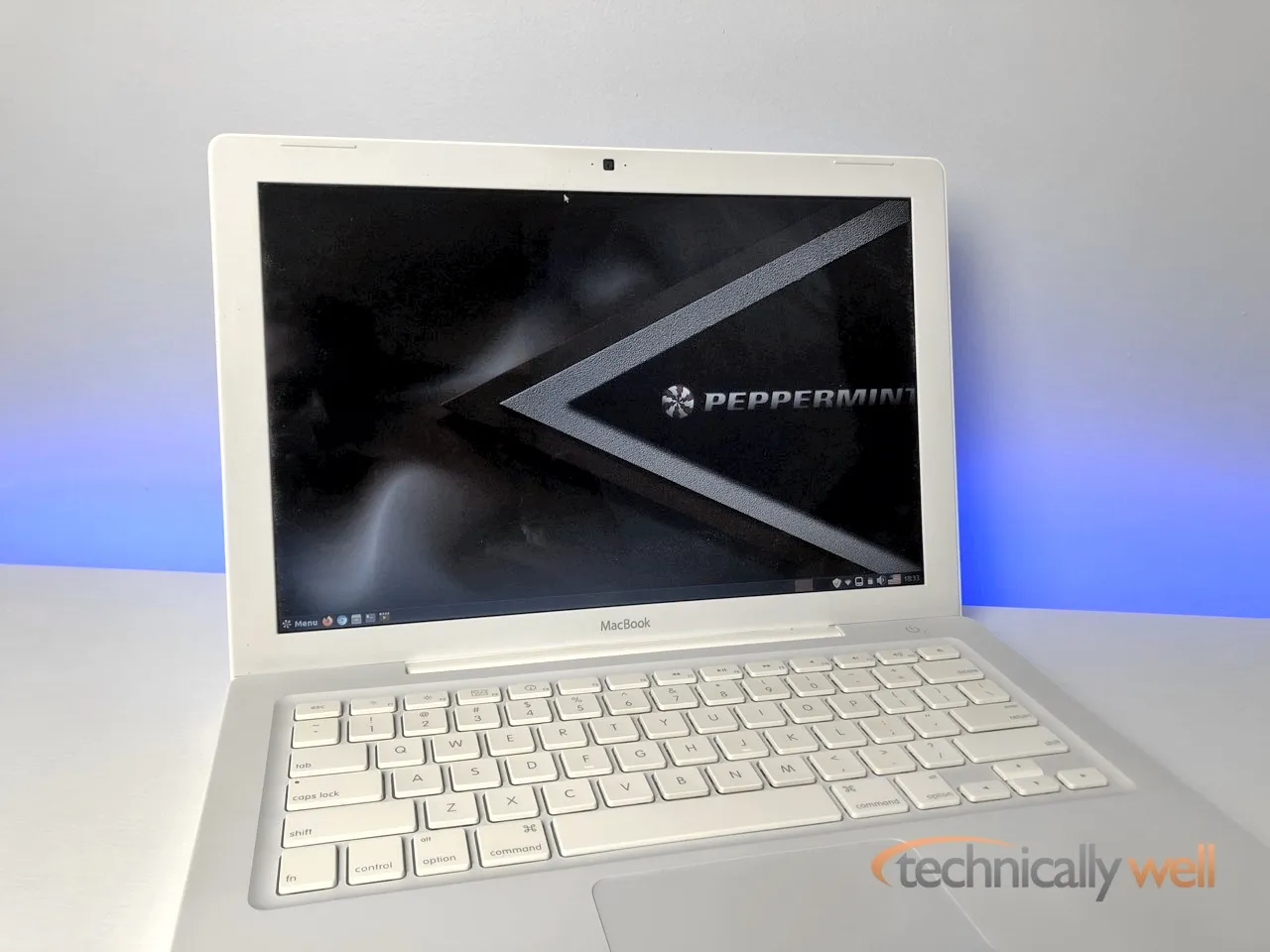Sonos Roam Review
As an Amazon Associate, we earn from qualifying purchases at no cost to you.
Design
The Roam speaker from Sonos is compact and lightweight, making it easy to pick up and take with you around the house. It has a triangular design that can either be set horizontally or vertically on a flat service (and I just realized that the SONOS logo looks the same upside down).
There are 4 buttons on one end of the speaker: play/pause, volume up, volume down, and a microphone mute button. On the back of the unit is the power/standby button and a USB-C charging input.
Performance
I was very surprised by the strong musical performance of the Sonos Roam speaker. While it doesn’t get as loud as the Sonos One speaker for example, highs and mids come through clearly and the bass is very good! The bass isn’t as strong as Sonos larger speakers, but you can use the EQ setting in the Sonos app to increase it somewhat if you like.
Like the other speakers in the Sonos ecosystem, you can group the Sonos Roam with other Sonos speakers for synchronized playback.
Features
- WiFi: The Sonos Roam speaker connects directly to your home WiFi to stream music. You can use the Sonos app to play virtually any music you might have: Pandora, Spotify, Apple Music, iHeart Radio, TuneIn, LiveXLive, and many more. What I like about the Sonos app is that you can set what you want to play and close it if you want. The speaker will connect and play the music on its own, so it doesn’t tie up your phone or pass along any text notifications or phone ringtones.
- Bluetooth: When you move out of range of your home WiFi, you can instead use Bluetooth to connect your phone directly to the speaker to stream music and podcasts.
- Alexa or Google Assistant: You can configure Alexa or Google Assistant on the Roam and then use voice commands to play music or do other tasks such as check the weather. Microphone performance seems to work well and can typically “hear” me over the music that is playing.
- Automatic Trueplay: This feature uses the devices built-in microphone to get a “feel” for the space it is playing in and adjusts the sound accordingly. For example, when I place the Roam speaker against a wall in a corner, which tends to overemphasis the bass, the Roam adjusted and backed off the bass slightly, which made it less “boomy”.
- Qi charging: I was surprised to learn that the Roam can be set vertically on a Qi charger to recharge! This is slower than the USB-C wired charging, but it’s a nice bonus that doesn’t require the purchase of a special base (although one is available if you so desire). Qi charging performance has been hit or miss for me: sometimes the speaker will charge up to about 70% and then seem to stall out, while other times it charges up to 100% without issue. I guess it depends on the charging pad you use and whether you hit the “sweet spot” as far as matching up the charging coils.
Battery Life
Sonos states that the speaker can provide up to 10 hours of playback on a single charge. You can press the power button on the back to place the speaker in “standby” mode, but the battery continues to drain, losing about 10-20% overnight. If you leave the speaker on standby when not in use, you’ll likely need to recharge it daily. Turning off the microphone seems to help extend battery life somewhat.
Our Verdict
The Sonos Roam speaker is a strong performer and sounds great as a standalone speaker or when integrated into an existing Sonos system. With water resistance and drop protection, you can simply enjoy your music without worrying about babying the speaker. The built-in Alexa/Google Assistant integration is also a nice touch as you can queue up music without using your phone.
PROs
- Awesome sound in a small size
- Alexa built-in
- Qi charging
CONs
- Battery drain on standby






 Hi, I'm Ryan! I've worked in the IT industry for over two decades and I love checking
out new gadgets, apps, and services that make our lives easier.
Hi, I'm Ryan! I've worked in the IT industry for over two decades and I love checking
out new gadgets, apps, and services that make our lives easier.